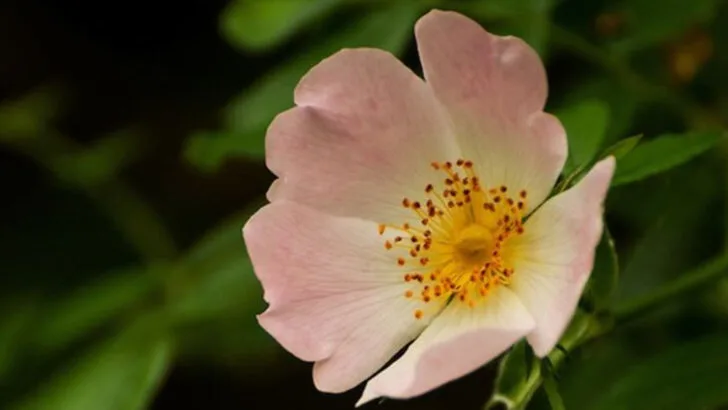Some flowers are so stunning, they look like they were airbrushed by nature’s glam team. But guess what? These wildflowers didn’t need any filters—or effort from you. They’re bold, bright, and beautiful, and the best part? They basically grow themselves with almost zero maintenance.
Whether you’ve got a patch of neglected soil, a sunny corner in your yard, or just a dream of a meadow-style garden, these wild beauties will show up and show off. With colors that rival tropical orchids and shapes that seem too perfect to be real, these plants have that “wait, is that fake?” look—but they’re 100% real and thriving in the wild.
This list includes 15 wildflowers that thrive in all kinds of conditions, attract bees and butterflies, and add serious wow-factor to your outdoor space. No green thumb required. Just plant them once—or let nature do it—and watch the magic happen.
Bluebells
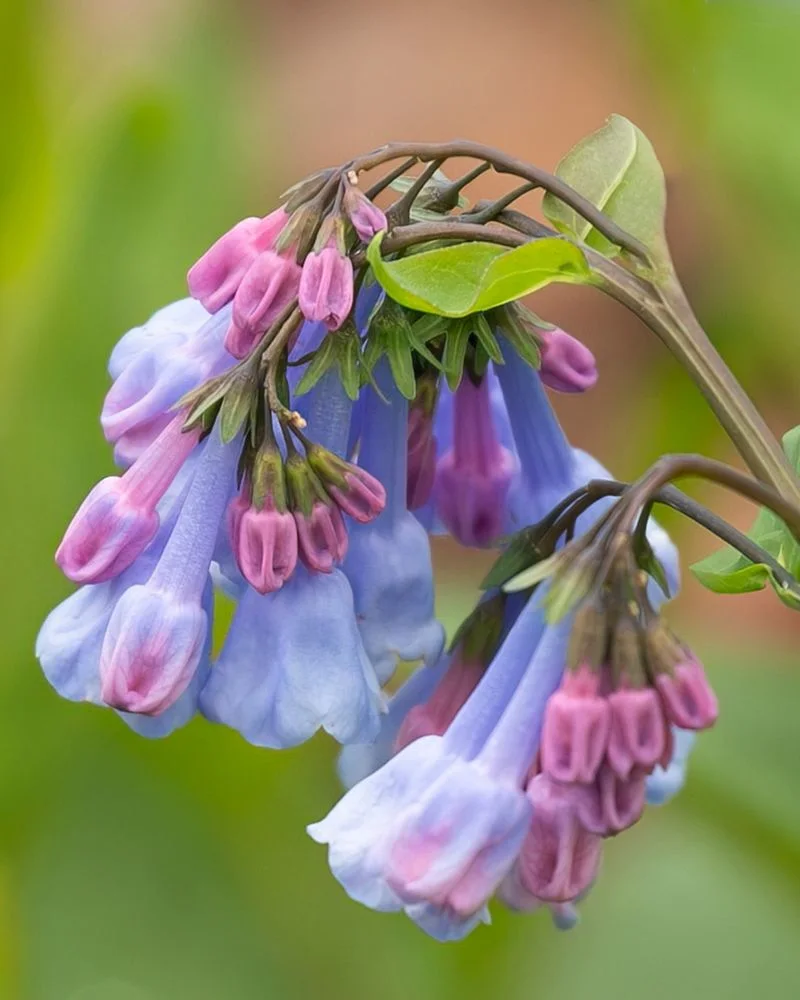
Bluebells create a captivating carpet of blue in forested areas during spring. Their delicate, bell-shaped blooms hang gracefully, evoking a sense of tranquility. The sight of these flowers can transport one to a fairy-tale world, where nature’s artistry is on full display. Known scientifically as Hyacinthoides non-scripta, they are often found in ancient woodlands across Europe. Their sweet fragrance entices both humans and pollinators, adding life to any natural setting. Though beautiful, they are a protected species in several regions, emphasizing the need to cherish and conserve these living works of art.
California Poppy
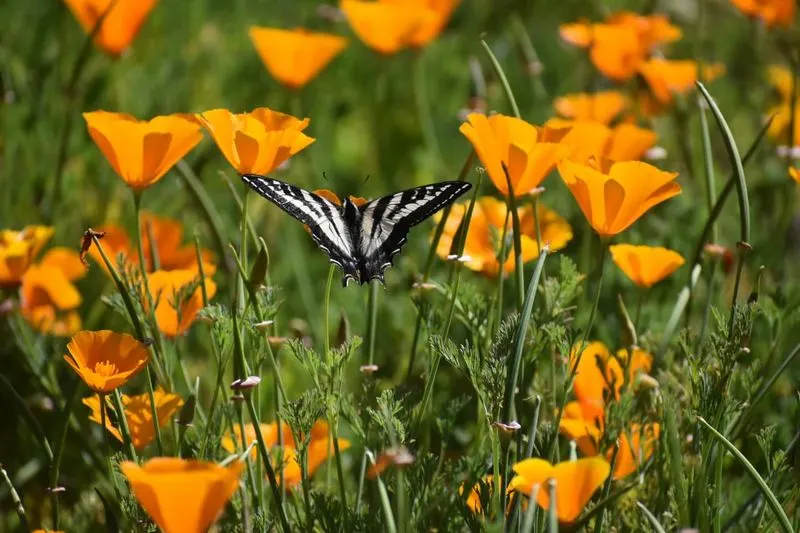
With a golden hue that rivals the sun, California poppies bring a burst of color wherever they bloom. These flowers dance energetically in the breeze, painting landscapes with their cheerful presence. Belonging to the Papaveraceae family, they are the state flower of California, celebrated for their resilience and adaptability. Their silky petals close at night and open with the morning sun, a natural spectacle worth witnessing. Not just a pretty face, these poppies also play a role in ecology as a food source for pollinators, enhancing biodiversity.
Indian Paintbrush
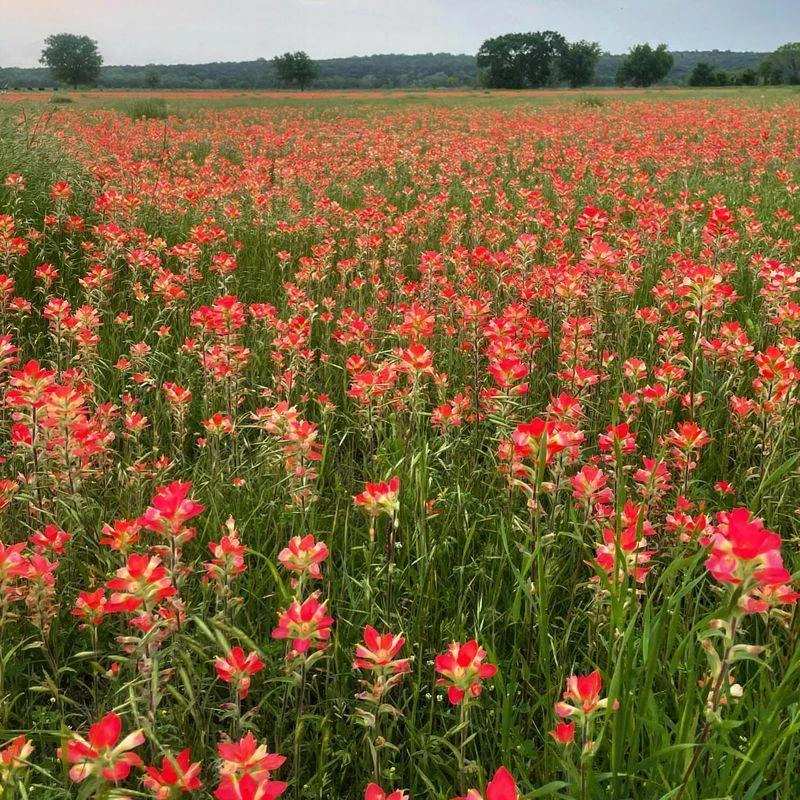
Like strokes of a painter’s brush, the Indian Paintbrush splashes vibrant reds and oranges across the landscape. These striking flowers, belonging to the genus Castilleja, are often found in meadows and prairies throughout North America. Their unique appearance is due to modified leaves called bracts, which surround the actual flowers. This clever adaptation not only attracts pollinators but also makes them highly photogenic. Despite their beauty, they are parasitic, relying on the roots of neighboring plants for nutrients—a fascinating twist in the world of wildflowers.
Columbine
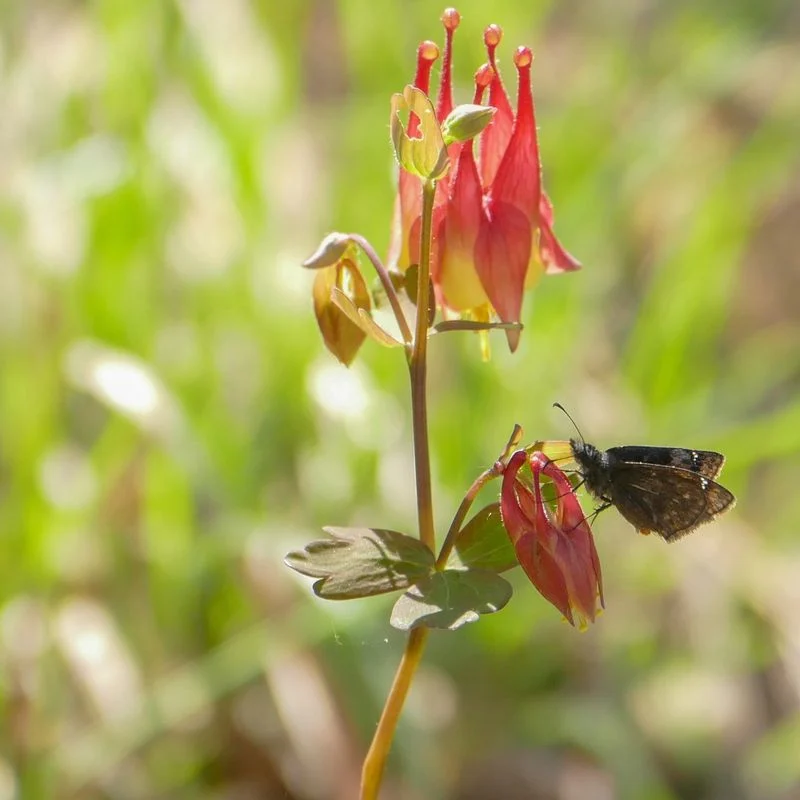
Columbines, with their intricate design and variety of colors, are nature’s masterpieces. These flowers, part of the Aquilegia genus, display a unique spurred petal structure that captures the imagination. Often found in woodlands and rocky areas, they adapt well to different environments, showing off hues from deep purple to bright yellow. Their name is derived from the Latin word for dove, as some say the blossoms resemble a cluster of doves. Columbines are not just visually stunning; they also play a significant ecological role as a nectar source for hummingbirds and bees.
Queen Anne’s Lace
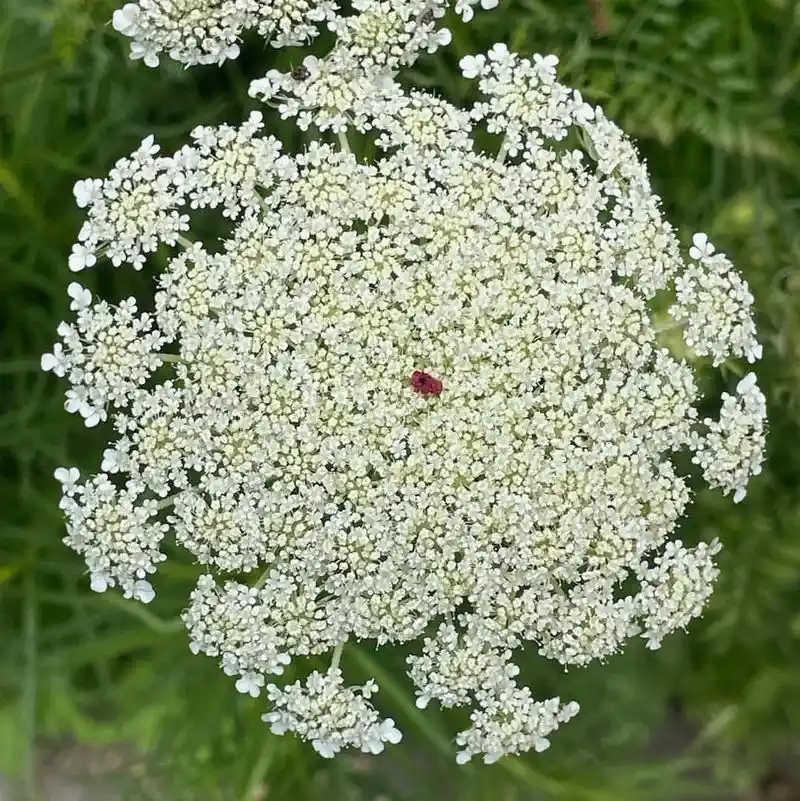
Often mistaken for a simple weed, Queen Anne’s Lace unveils its delicate beauty upon closer inspection. The flower heads, composed of tiny white flowers, resemble intricate lacework. This wild carrot, scientifically known as Daucus carota, thrives in fields and roadsides, adding elegance to otherwise mundane landscapes. Legend has it that the central dark flower represents a drop of Queen Anne’s blood, a nod to its regal name. Beyond its beauty, it serves as an important host plant for the black swallowtail butterfly caterpillar, contributing to the butterfly’s life cycle.
Cornflower
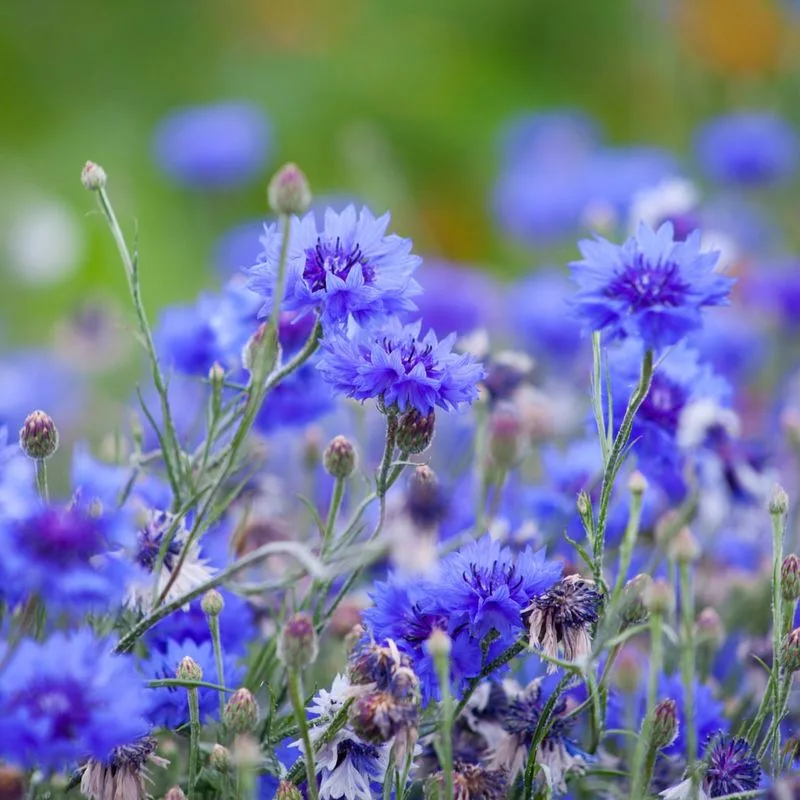
Cornflowers boast an intense blue hue that seems almost too vivid to be real. These annuals, belonging to the family Asteraceae, are a favorite in wildflower meadows across Europe and North America. Historically, they were found in cornfields, hence the name. Their striking color has made them a beloved symbol in art and culture, often associated with delicacy and hope. While admired for their beauty, cornflowers are also known for their utility in traditional medicine and as a natural dye. Their presence in a field is a testament to nature’s unmatched palette.
Black-eyed Susan
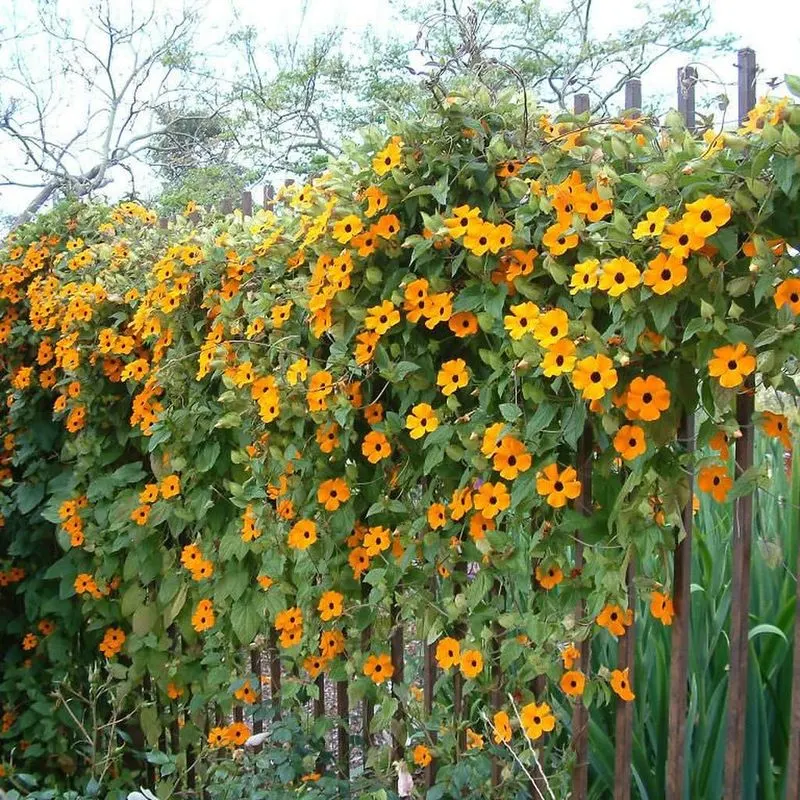
Black-eyed Susans are a testament to the beauty of simplicity. With bright yellow petals encircling a dark central cone, these flowers are impossible to overlook. Members of the Asteraceae family, they are widespread across North America, often heralding the arrival of summer. Their resilience makes them a common sight along roadsides and open fields. Beyond their cheerful appearance, Black-eyed Susans are crucial in supporting pollinators like bees and butterflies. Their presence signifies a healthy ecosystem, showcasing the profound impact of wildflowers on the natural world.
Foxglove
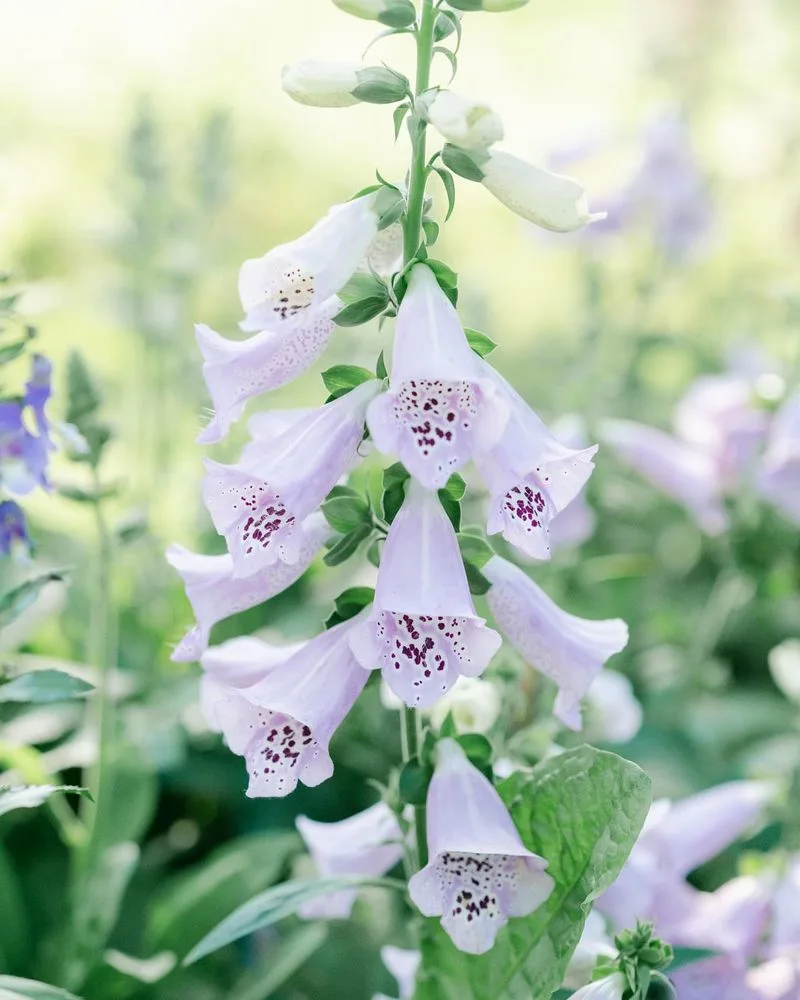
Foxgloves are nature’s artistry at its finest, showcasing towering spikes adorned with bell-shaped blooms. These flowers, found in gardens and woodlands, come in hues ranging from soft pink to deep magenta. Despite their beauty, they harbor a secretive, darker side, as all parts of the plant are toxic if ingested. Historically, extracts from foxgloves were used in medicine to treat heart conditions, a testament to their complex nature. Their tall, elegant form attracts hummingbirds and bees, contributing to the pollination process and nourishing ecosystems.
Lupine
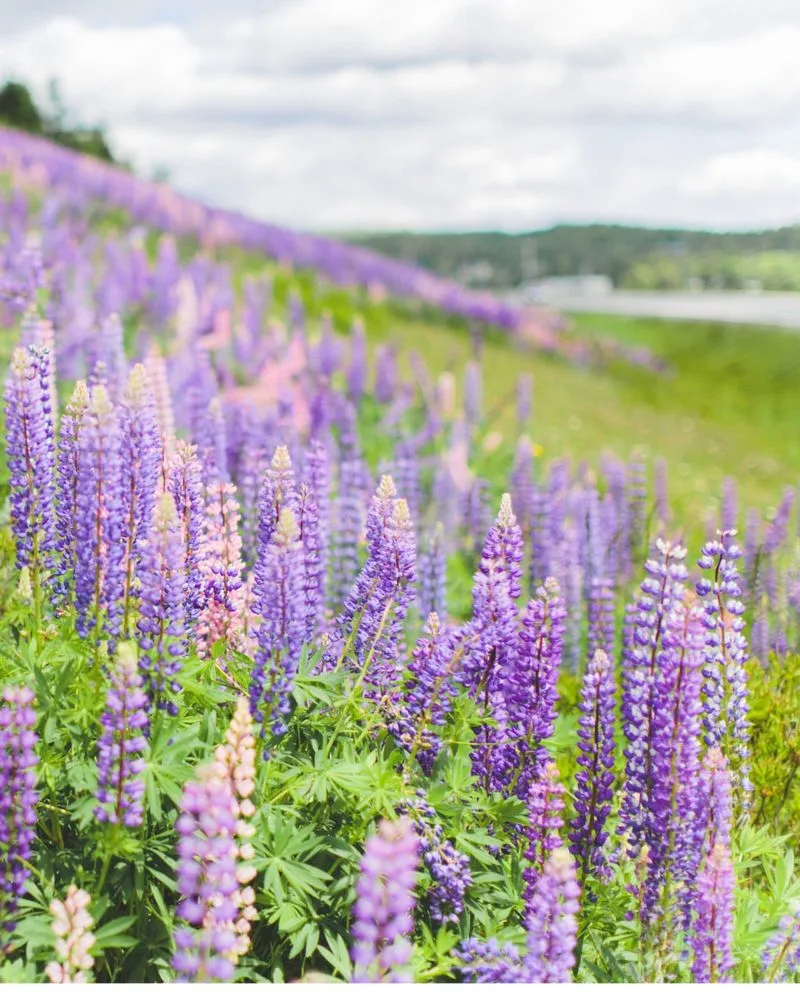
Lupines, with their towering spires of colorful blooms, are hard to miss. Part of the legume family, these flowers thrive in a range of environments, from coastal areas to mountainous regions. Their vibrant colors, spanning from blues to pinks, inject life into any landscape. These perennials improve soil health through nitrogen fixation, benefiting surrounding plants. In addition to their environmental contributions, lupines have inspired cultural references, including a mention in Monty Python’s infamous sketch. They are a vivid reminder of nature’s ability to blend beauty with function effortlessly.
Wild Rose
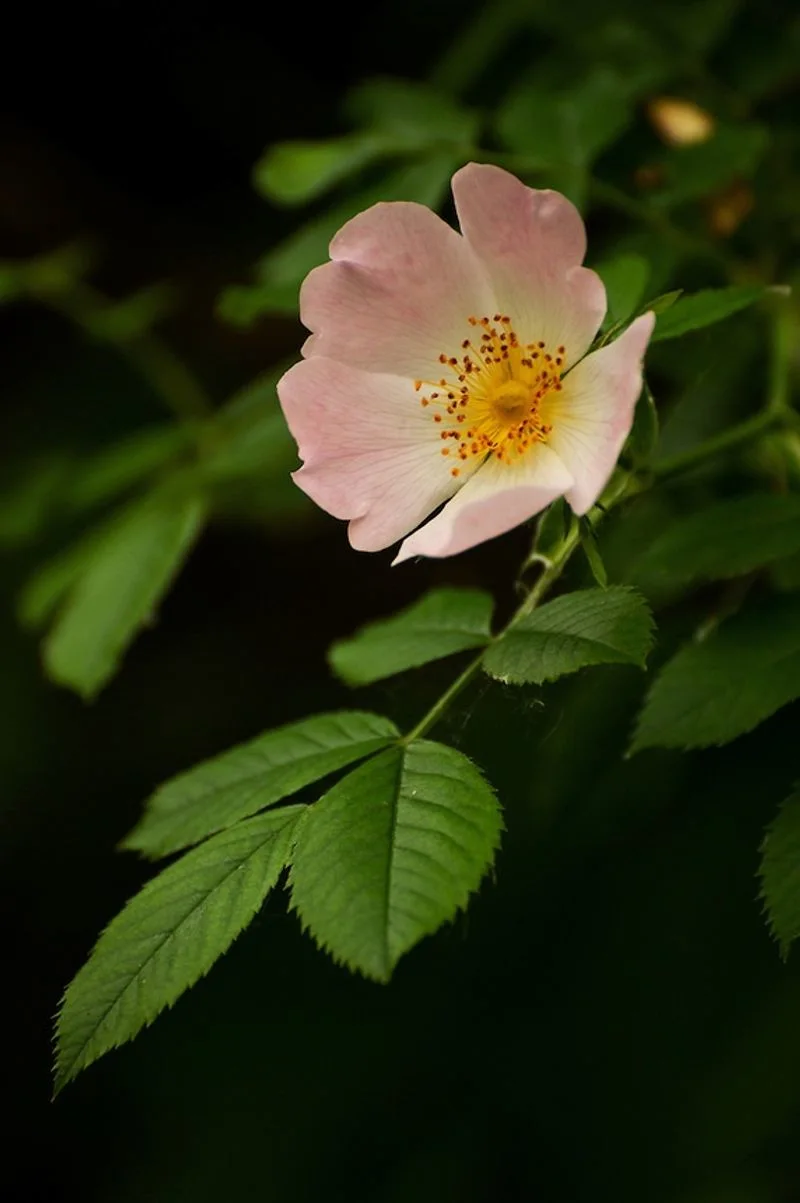
Wild roses captivate with their simple charm and intoxicating scent. Often found along country paths and open fields, these flowers vary in color from soft pinks to deep reds. Their delicate petals and thorny stems are iconic features recognized worldwide. Beyond their aesthetic appeal, wild roses are used in cosmetics and for culinary purposes, with rose hips rich in vitamin C. These resilient plants have been immortalized in literature and folklore, symbolizing love and passion. Each bloom tells a story of nature’s timeless romance and enduring allure.
Buttercup
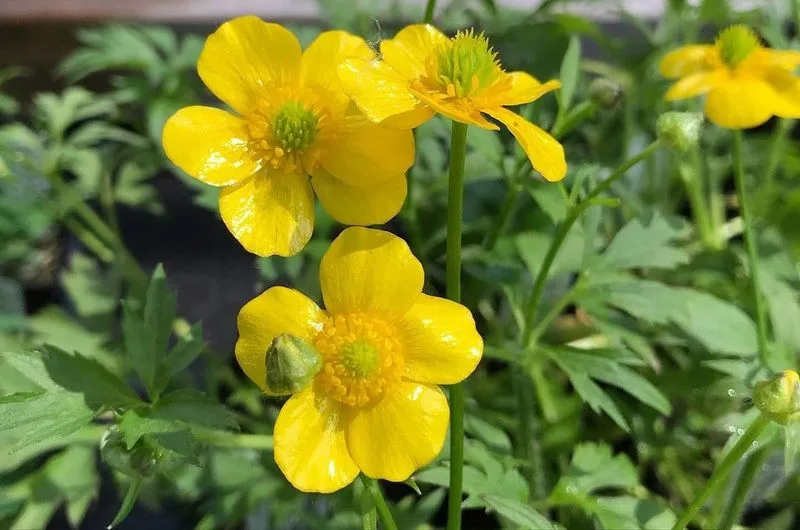
Buttercups bring a touch of sunshine wherever they appear. With glossy yellow petals, these flowers have a reflective quality that makes them seem to glow. Part of the Ranunculaceae family, buttercups are native to temperate regions across the globe. Their cheerful presence often adorns meadows and grassy areas, inviting smiles from passersby. While they seem innocuous, buttercups contain compounds that can irritate the skin when crushed. This duality of beauty and caution captures the essence of nature’s unpredictability, reminding us to admire from a respectful distance.
Fireweed
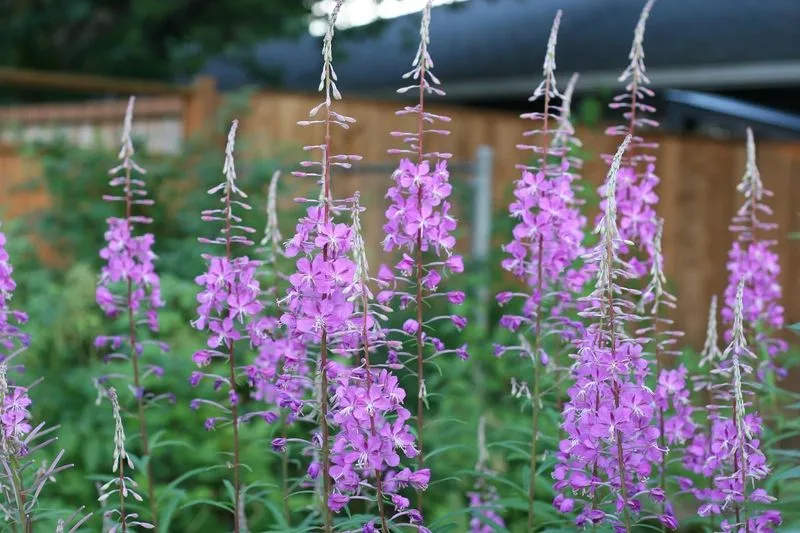
Fireweed, with its brilliant pink-purple flowers, emerges as a pioneer in disturbed landscapes. Typically found in areas recovering from fire, these plants symbolize resilience and renewal. Their tall spikes are a visual spectacle, standing out against charred backgrounds. Fireweed, known scientifically as Chamerion angustifolium, is more than just a pretty face; it plays a crucial ecological role in stabilizing soil and providing a food source for pollinators. Its rapid growth and adaptability make it an emblem of nature’s regenerative power and enduring beauty.
Oxeye Daisy
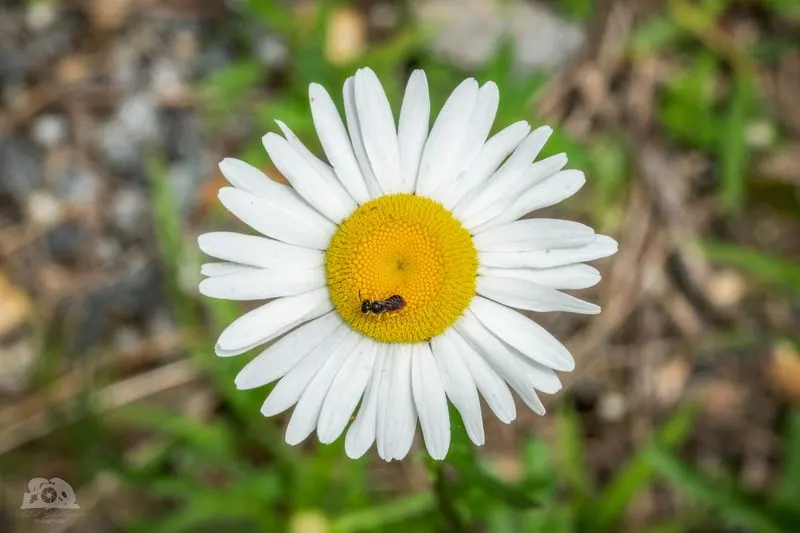
The oxeye daisy embodies the quintessential image of a wildflower. With its white petals surrounding a sunny yellow center, it’s a common sight in fields and along roadsides. Belonging to the Asteraceae family, these daisies thrive in a variety of conditions, demonstrating remarkable resilience. Often associated with innocence and purity, they have been a favorite in folklore and art. Beyond their aesthetic appeal, oxeye daisies contribute to biodiversity, offering nectar and pollen to a range of insects, thus playing a vital role in the ecosystem.
Snapdragon
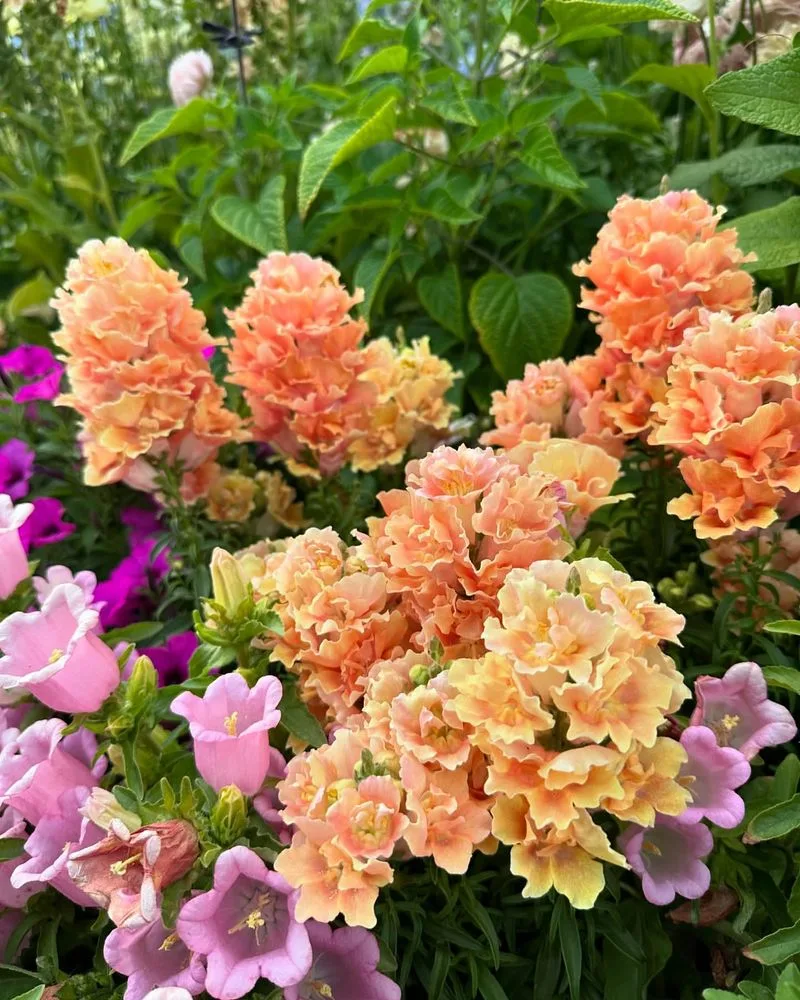
Snapdragons enchant with their dragon-shaped blooms, inviting playful interaction. These flowers, part of the genus Antirrhinum, are adored for their vibrant colors and unique structure. Found in gardens and wildflower areas, they can be squeezed gently to mimic a dragon’s mouth opening and closing. Historically, snapdragons were believed to offer protection against witchcraft, a testament to their intriguing lore. Their varied colors attract bees and provide visual interest in any setting, embodying a whimsical charm that delights both young and old alike.
Evening Primrose
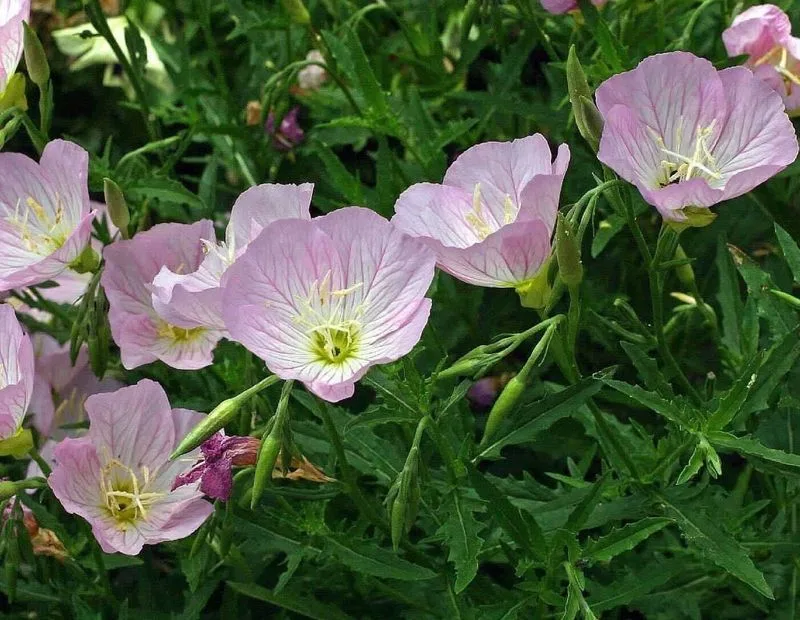
Evening primrose brings a touch of nightly magic as its yellow blooms open at dusk. These flowers, belonging to the Oenothera genus, are often found in sandy soils and open fields. Their nocturnal nature attracts night-flying pollinators, such as moths, illustrating the diverse adaptations of wildflowers. Evening primrose has medicinal properties and is used in herbal remedies, underscoring its value beyond aesthetics. Each bloom’s brief lifespan is a reminder of the fleeting beauty in nature, capturing the imagination of those who witness its evening display.

